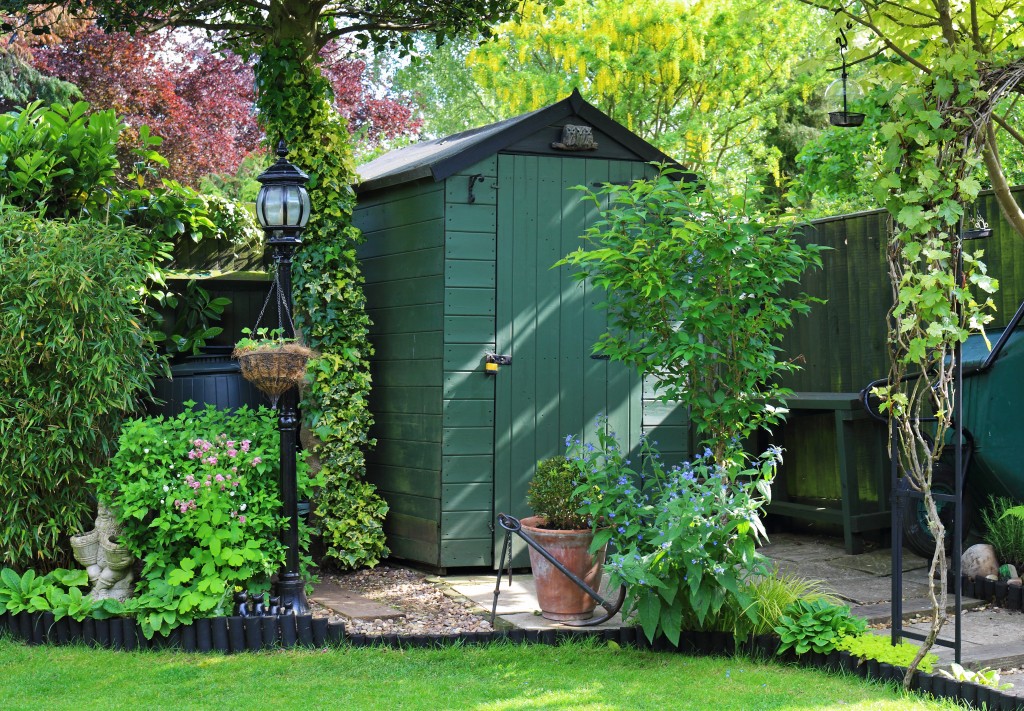We can’t deny that we’ve always wanted our home to be the envy of the neighbourhood. Not only does setting a beautiful exterior give a good lasting impression of your home, but it can also increase the value of a property.
There has been an uptick of environmentally-friendly trends for the last couple of years. In almost any exterior and interior design, you’ll see there is a lot of greenery in these living spaces. Whether it’s living rooms, front porches, bedrooms, and even dining halls in commercial areas, having potted plants and vertical gardens can be a sight for sore eyes.
Aside from being a good source of protection against the elements, living walls are also known for increasing the property value of residential homes, commercial spaces, and educational institutions. If you’re keen on starting your planning venture, this is also a great way of increasing your odds of secure planning permission.
Setting One Up
What are vertical gardens? Well, as the name suggests, vertical gardens are usually self-sustaining gardens that are placed on walls. Compared to the conventional garden, it won’t necessarily need as much maintenance or human supervision, especially when it has its irrigation and water system.
But let’s not get ahead of ourselves, shall we? We have to take baby steps in the process. So what how do we get ourselves a bodacious little garden that will make jaws drop? Here’s an easy step-by-step guide in getting a beautiful vertical garden.
Choosing Your Preferred Wall
You’ll have to choose the right wall for your vertical garden. Most experts would say that any wall will do, even the ugliest one. Why? Well, it’s going to be covered by plants, anyway. Nonetheless, it’s still essential to have a wall that’s water-proof so water won’t seep towards the other side and long-lasting. You won’t have to worry too much about the integrity or the lifespan of walls since most are designed to last around 75 years. However, the type of fence that you’re going to choose will dictate the kind of plants that you’re using.
It’s also a good idea to place your wall close to an area that’s getting enough sunlight. If you’re going to be putting tropical plants on your vertical fence, they won’t need as much sunlight. As such, there should be a balance of life intensity for your plants.
There’s a lot of trusted manufacturers of wall protection for schools and commercial spaces in the market. It might seem like an added cost to what you’re already investing in, but it’s something that can help with the process.

Placing a Frame
Next, the frame of the vertical garden will be the scaffolding needed for your plants to be hanged in place. There are three layers that people will have to keep in mind:
- Frame
- Plastic sheeting
- Fabric
It sounds like a lot of work, doesn’t it? No worries, it’s quite simple and easy to do. Most builders would do the whole frame right before placing it. Most manufacturers and builders would highly recommend using PVC pipes for the frames since metal and wood can quickly deteriorate, especially when you’re going be putting an irrigation system so water will be able to drip downwards.
Irrigation System
Now, this is where it gets interesting: your vertical garden should be a living and breathing ecosystem in itself. Well, it doesn’t necessarily need pests or insects, of course. Besides, nobody wants to climb a garden that’s placed in a vertical position so that you can water it.
To make sure that your plants are growing without the need for supervision, you need to set an irrigation system. It will help provide the necessary water supply and moisture throughout the fabric layer, which can help distribute water towards your plants.
Most people will use tubing with locks and fittings. Essentially, this is strewn on top of emitters so that water can drip downwards. No worries, there are tons of irrigation suppliers out there.
If you think you might want to remove the frame and renovate the area for something else soon, you can use hooks and brackets that are screwed into walls. There you have it! You have your very own functioning irrigation system.
Choosing Your Plants
Lastly, it’s time to choose the plants for the garden. There’s a wide array of plants that you can choose from, but most gardeners would suggest using fruiting vine plants. In some cases, you can even grow peas, squash, beans, and tomatoes.
Of course, you’ll still need to keep in mind the amount of sunlight that it’s getting shade at some points of the day, moisture, and temperature fluctuations.
Vertical gardens are one of the most eye-catching ways of ensuring that your home or commercial space will look sleek, modern, and environmentally-aware. In addition to all these, you’re increasing the value of your property.







